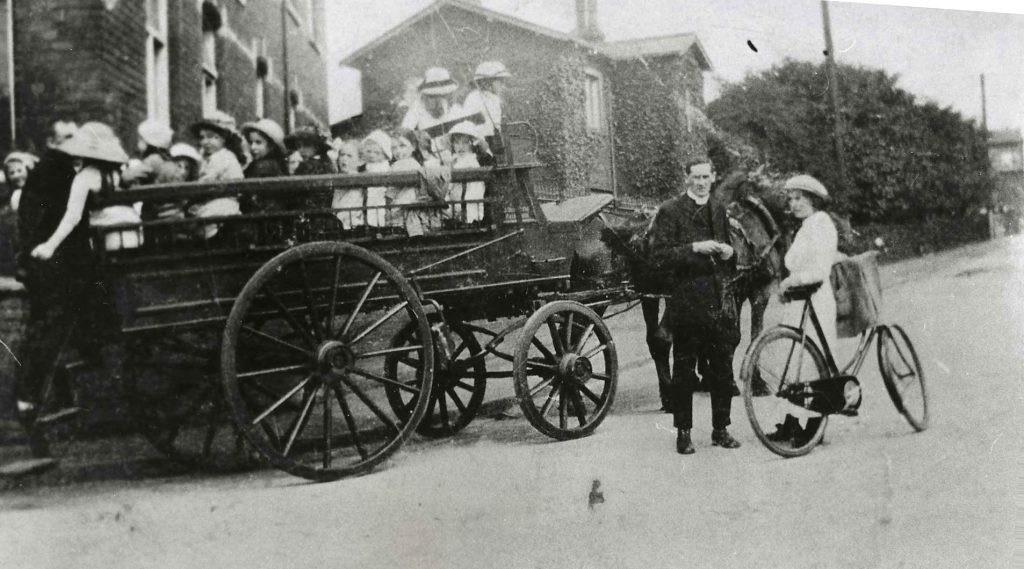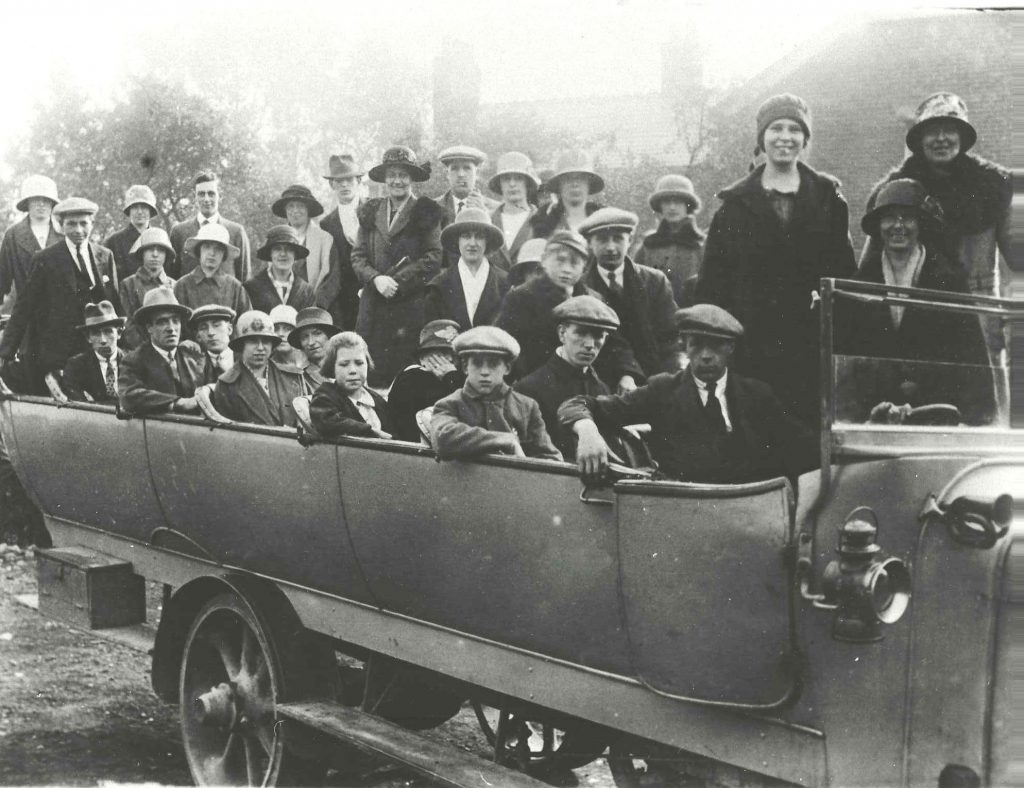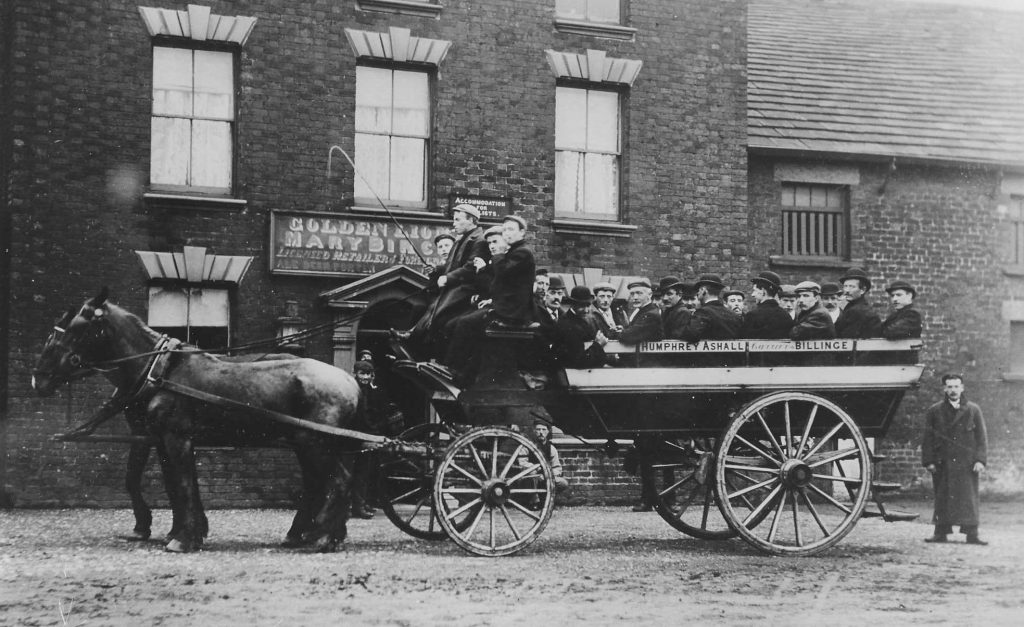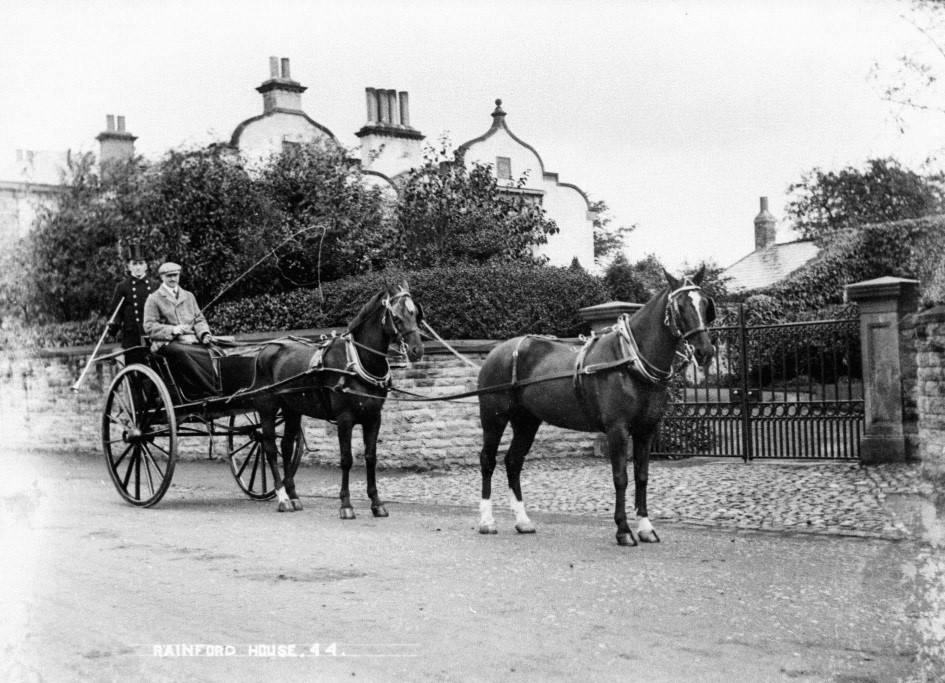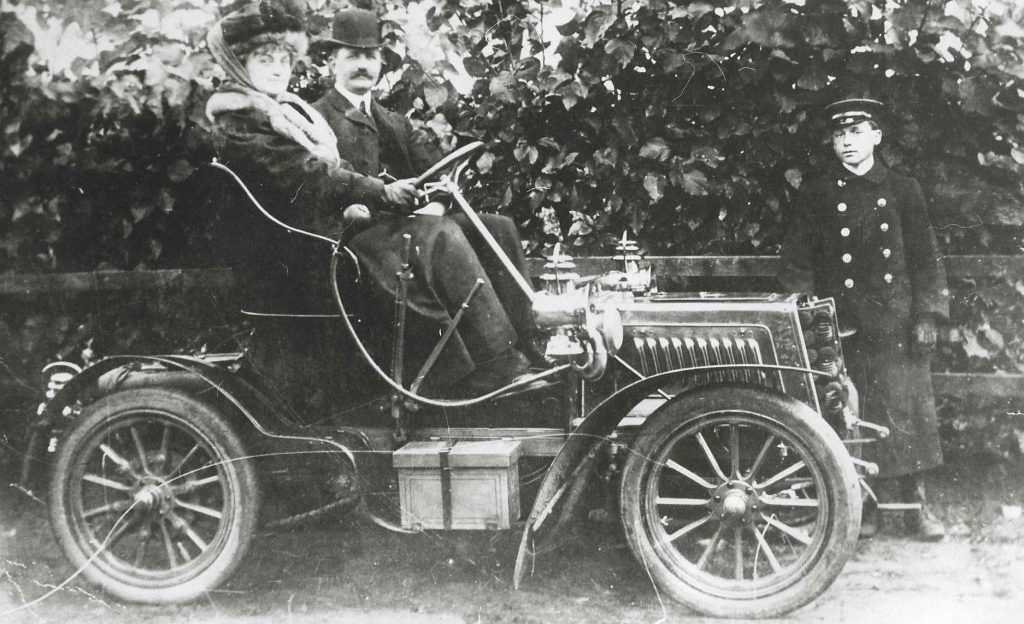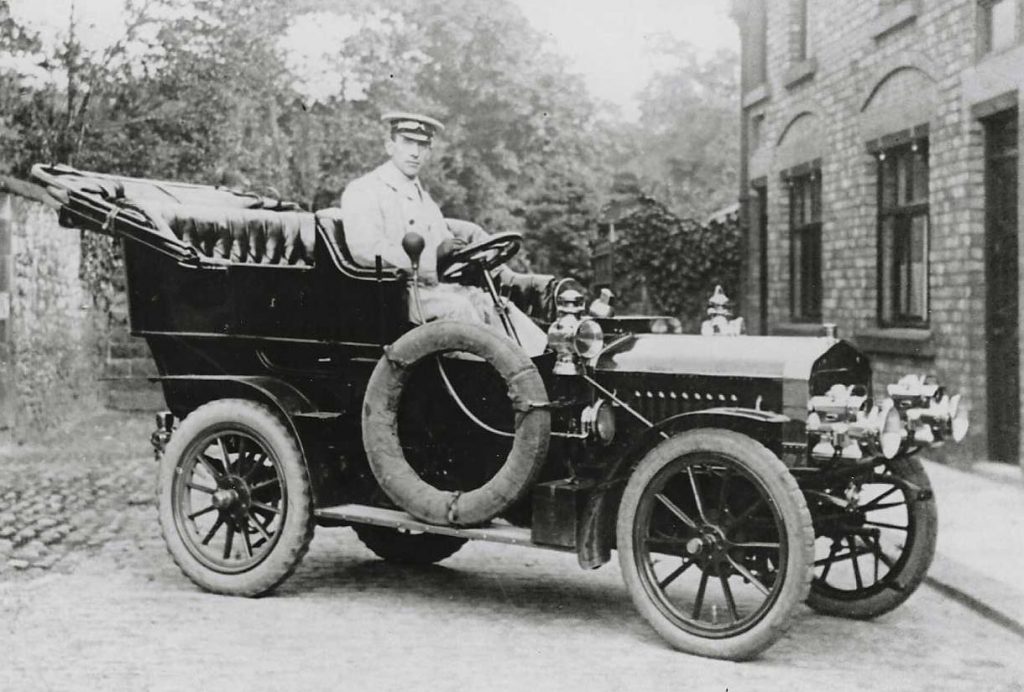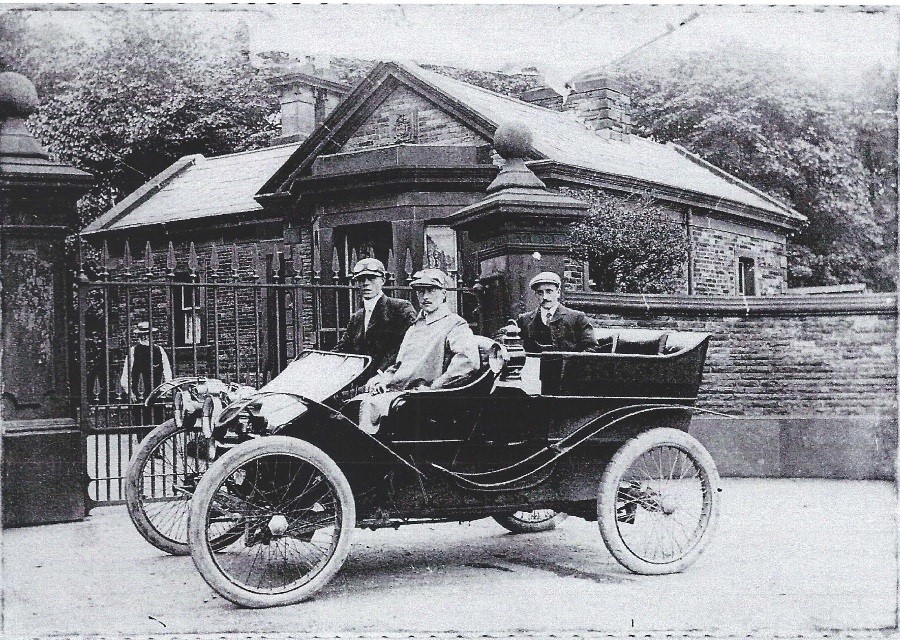
RAILWAYS
From the 1st February 1858, when the first passenger train ran through the village, Rainford was well and truly on the railway map and linked into the vast network of lines throughout the country. The line from the new station at Shaw Street in St. Helens with stations at Gerard’s Bridge, Moss Bank and Rainford was built by the St.Helens Railway Company to link up with the Lancashire & Yorkshire Railway line from Liverpool to Wigan. This line, which passed through the north end of Rainford, was built by the former Liverpool & Bury Railway Company in 1848 and had a station by the bridge over Ormskirk Road. The line from St.Helens was to join it at the new station being built by the L.& Y.R. to replace the old L.& B.R. station. At about the same time the East Lancashire Railway extended its line from Skelmersdale to link the three companies together at what then became known as Rainford Junction.
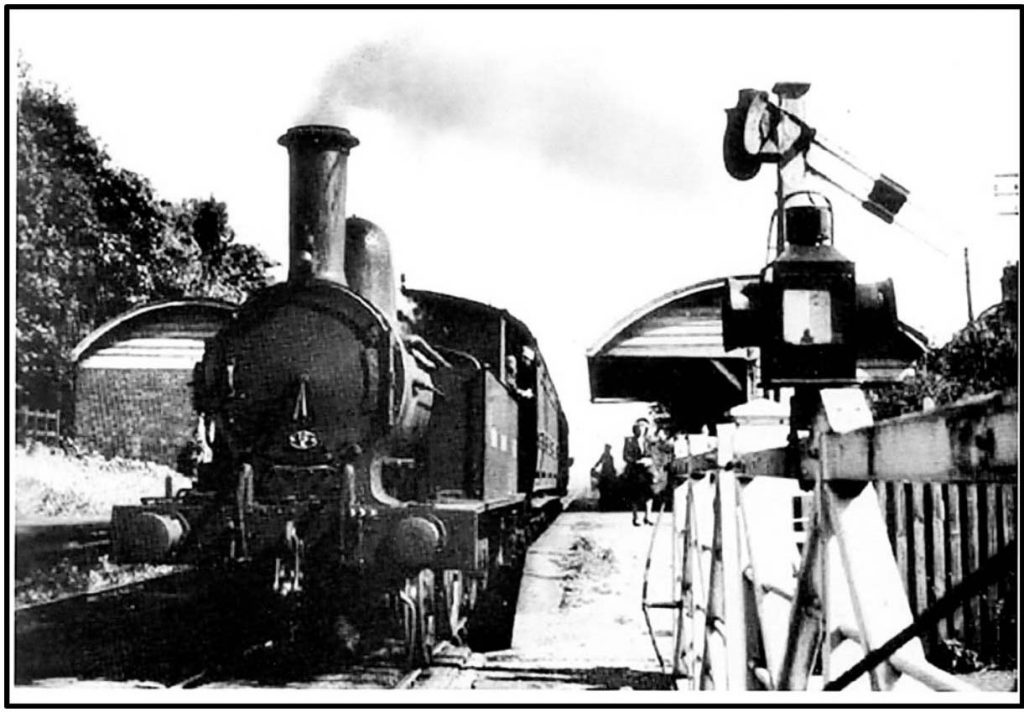
CRANK STATION
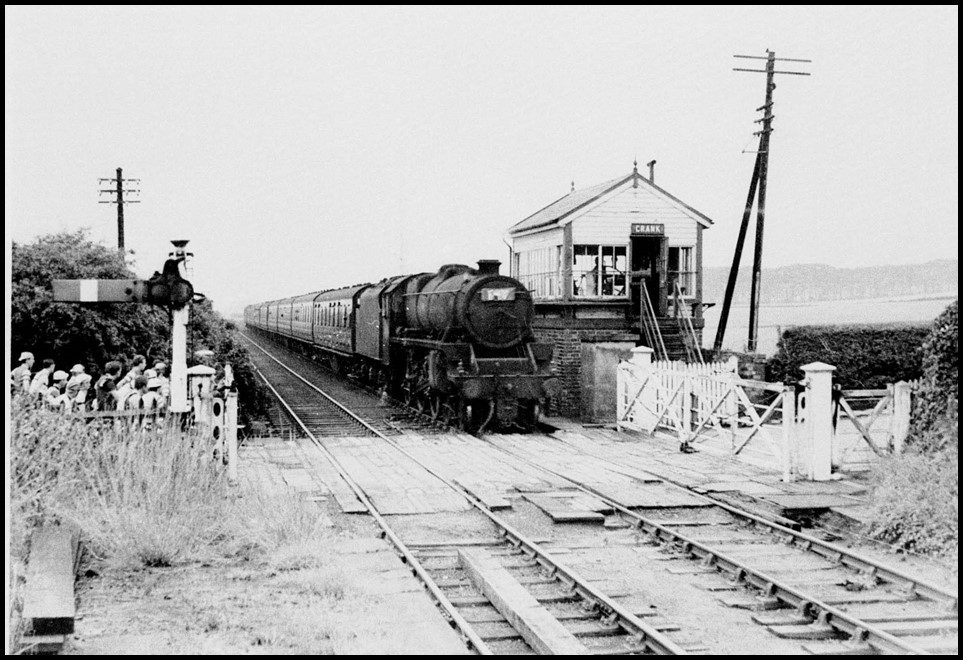
CRANK SIGNAL BOX
By the end of 1858, almost as an afterthought, it was decided a station was to be placed at Crank Lane and a simple hut at Rookery, named after a nearby farm called ‘The Rookery’. This was to be an experimental stop to see if traffic justified the erection of a permanent station, but it had a very short life for it was closed again in March 1862 being replaced by a new station, of the same name, slightly further north and opened on the 1st June 1865.
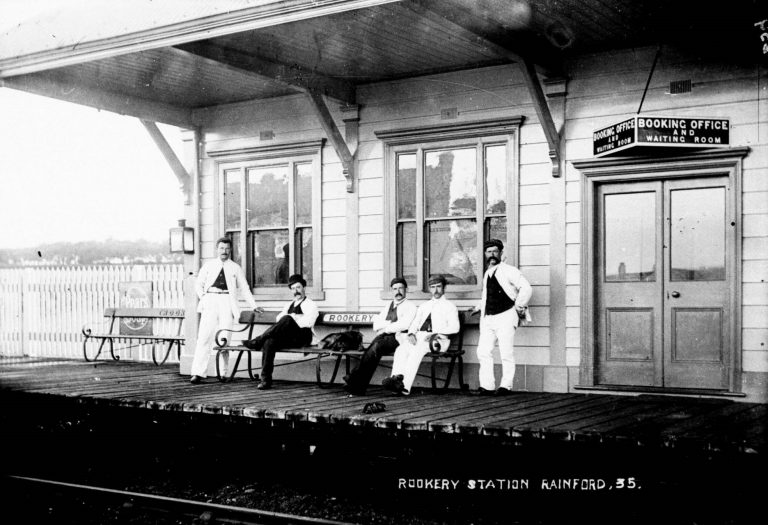
RAINFORD ROOKERY STATION
The service started with four passenger trains in each direction but this was increased over the years and for the next ninety three years the little steam train was a familiar sight as it shuttled back & forth, pulling in one direction and pushing in the other. Throughout this time the service was well used and essential to all classes of society. A considerable goods traffic on the line was generated by branches into the Victoria Colliery (later the Tar Works), the Potteries and the Sandwash.
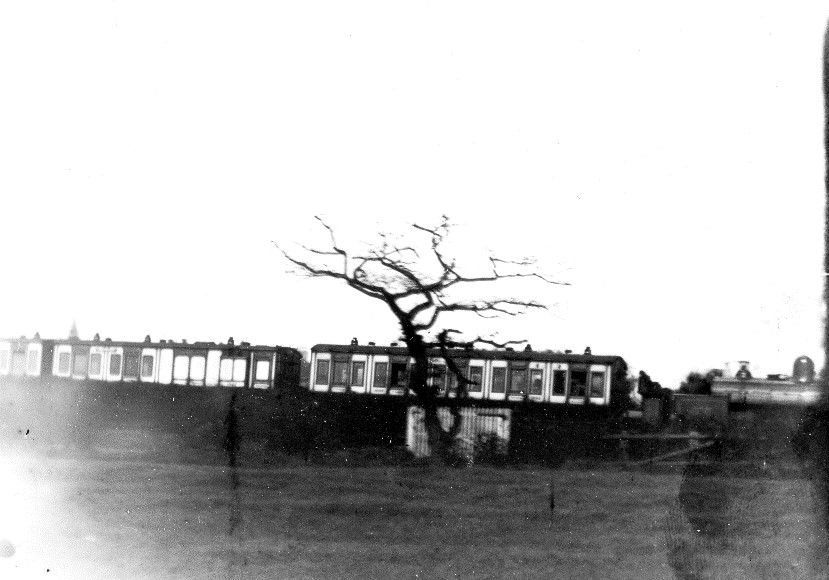
EARLY TRAIN
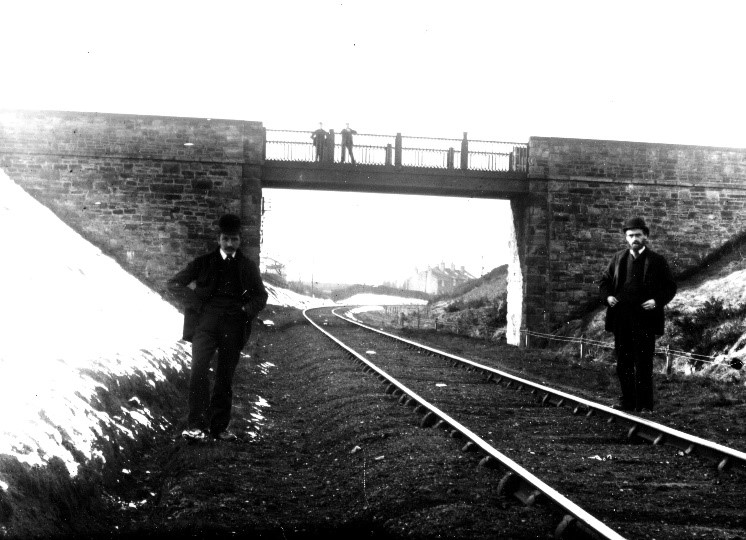
SINGLE LINE INTO VILLAGE STATION
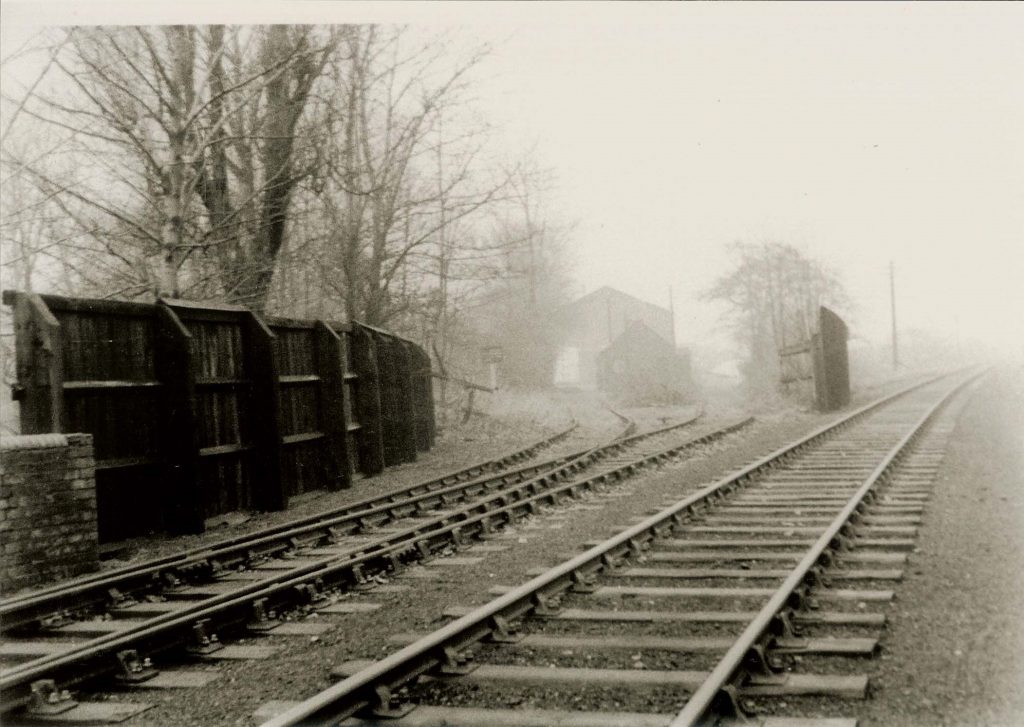
LINE LEADING INTO VICTORIA COLLIERY
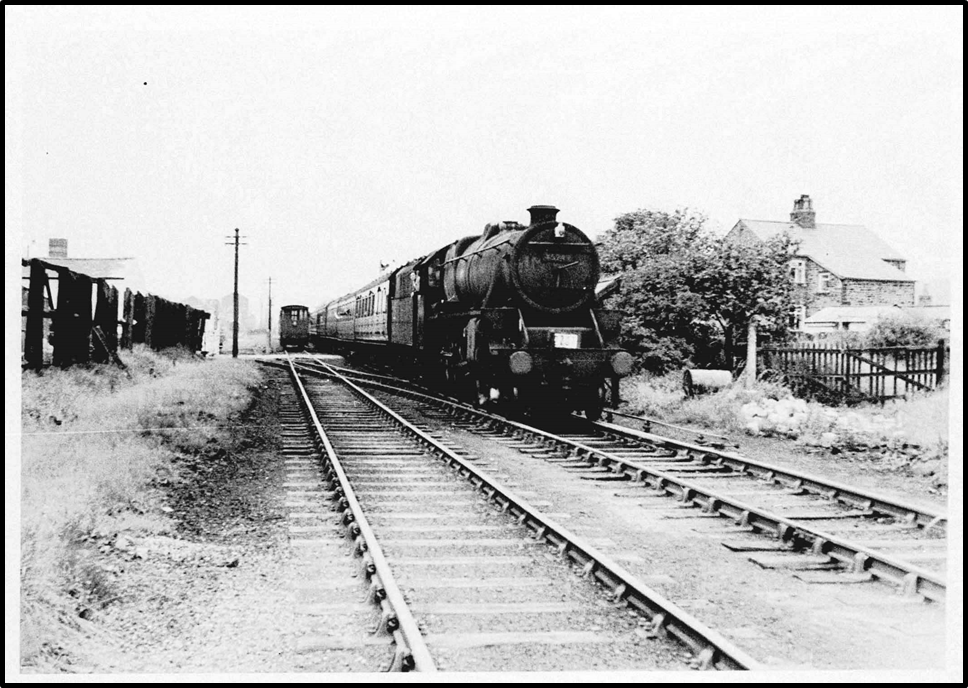
LINE INTO RAINFORD POTTERIES
In 1880 when a line was required to transport sand back to St. Helens, a railway siding was added to the St. Helens – Rainford Junction line and a new sand washing plant was built by the siding, close to Rainford Potteries, by Pilkington Brothers, Glass Manufacturers of St. Helens.
The new halt was opened on 1st August 1906 but only appeared on the railway timetable until April 1907. After that, little is known about it until 1st October 1911 when, once again, Old Mill Lane Halt became a scheduled stop on the St. Helens – Rainford line.
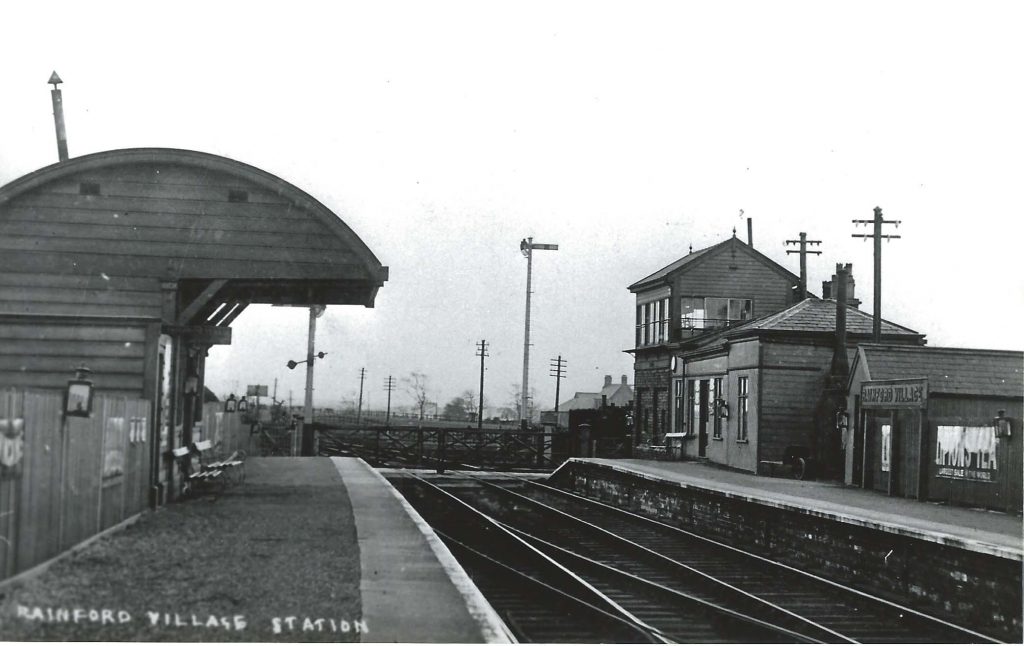
RAINFORD VILLAGE STATION
First known only as Rainford Station and later renamed Rainford Village Station it was one of the first stations to be included along the new single line. Originally it consisted only of a wooden platform and a wooden building with an extending curved roof over the platform on the east side of the line. Goods facilities were provided on the west side of the line when a goods yard containing two sidings was added and in the 1880’s a branch line was extended into Victoria Colliery.
In 1890 when the line from St. Helens into Rainford was doubled, Rainford Village Station was rebuilt. The wooden platform was replaced with brick platforms which were added on either side of the double track and brick buildings, including a signal box, were added on the west side.
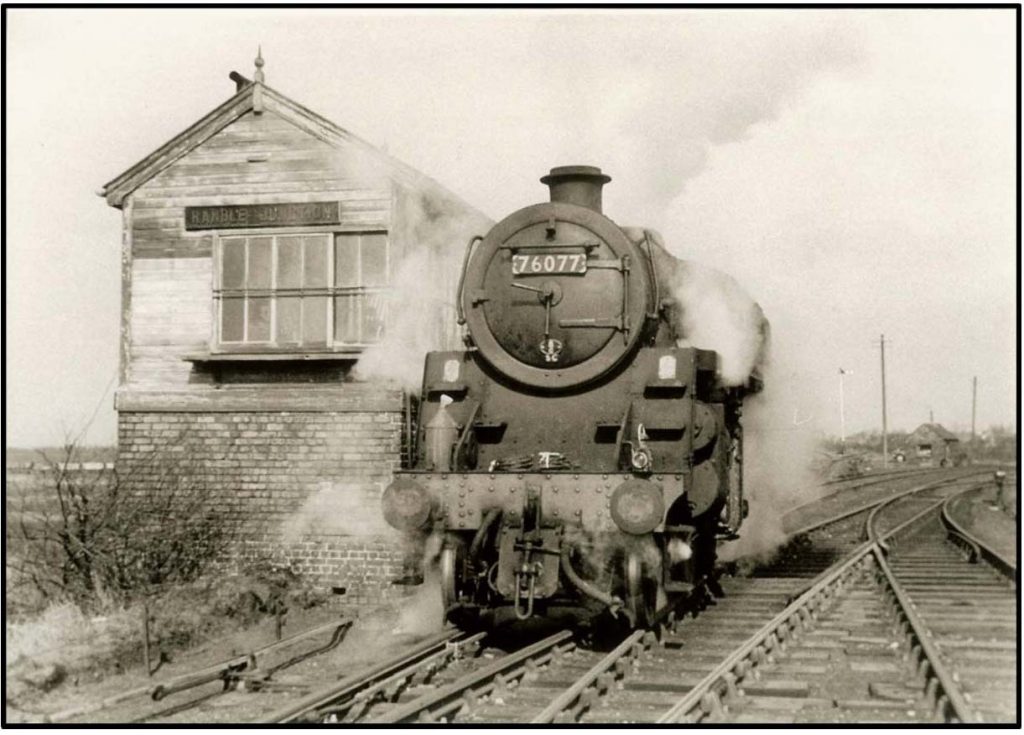
RANDLE JUNCTION SIGNAL BOX
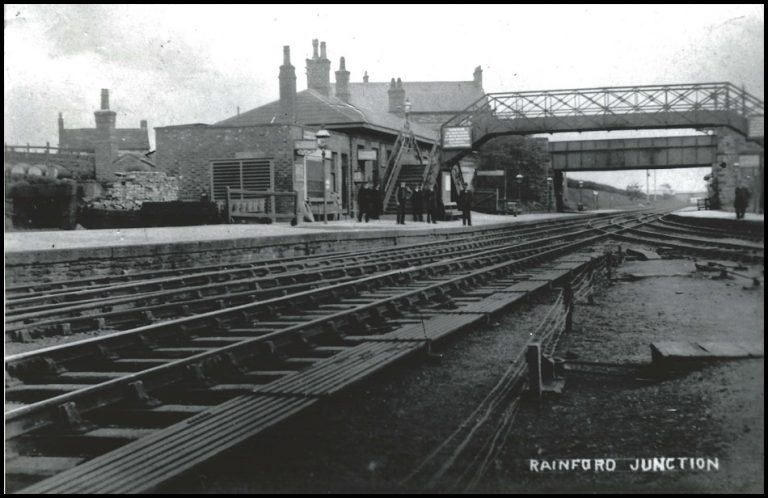
RAINFORD JUNCTION STATION
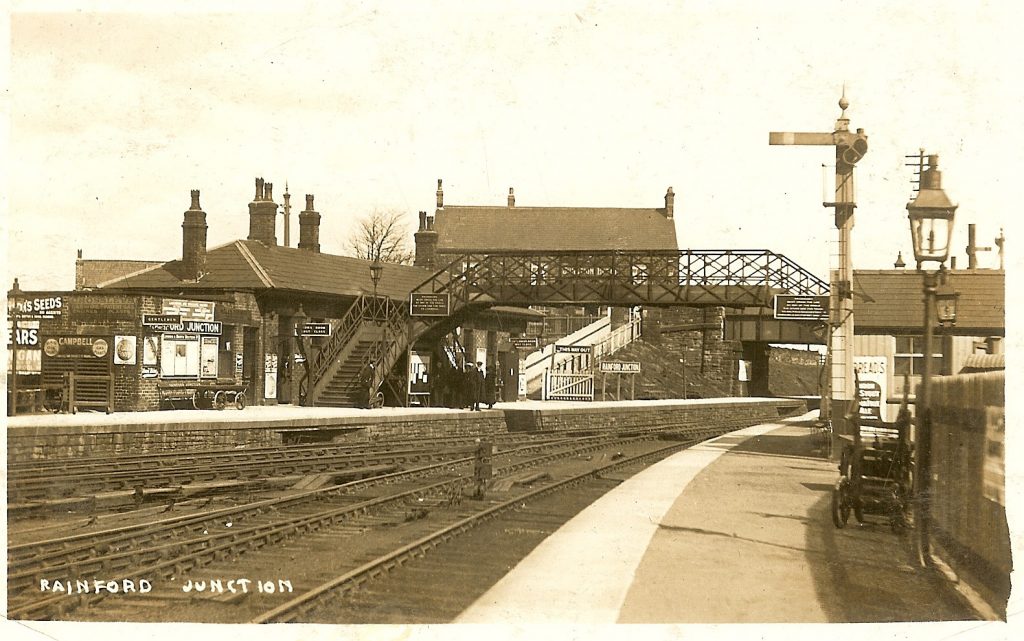
PLATFORM INTO RAINFORD JUNCTION STATION FROM ST.HELENS
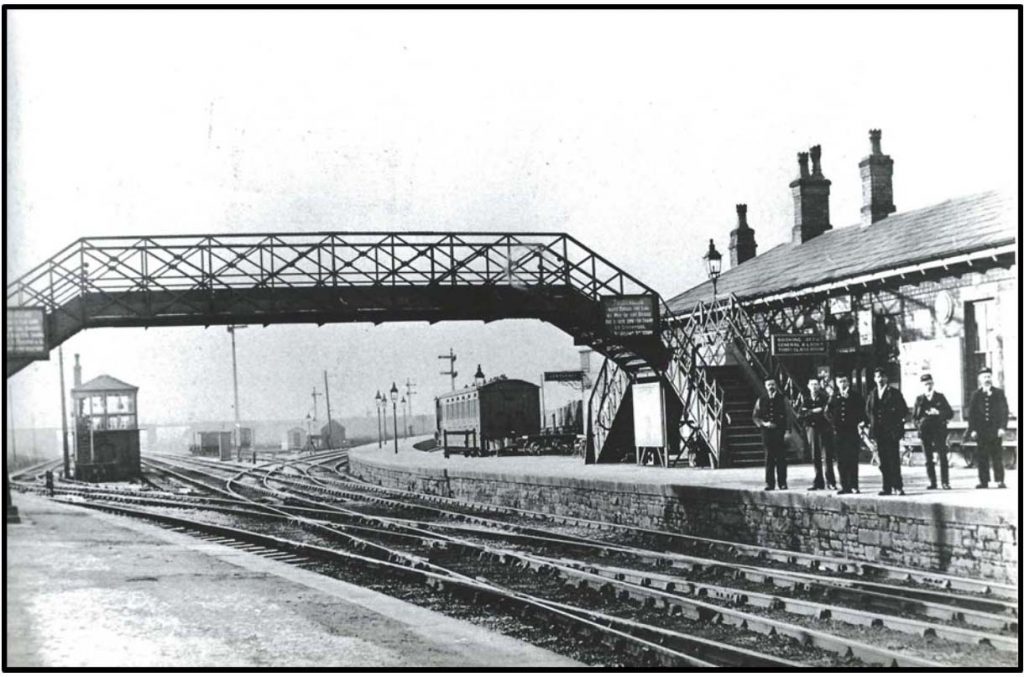
1920’S RAILCAR WAITING ON LINE TO ORMSKIRK
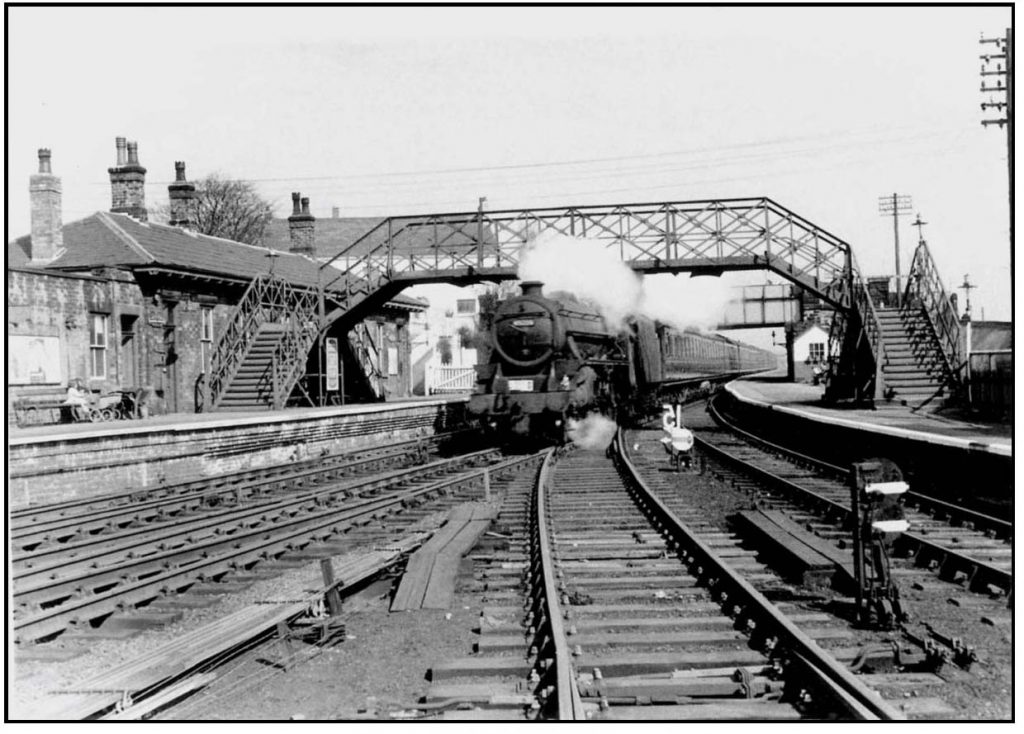
PASSENGER TRAIN
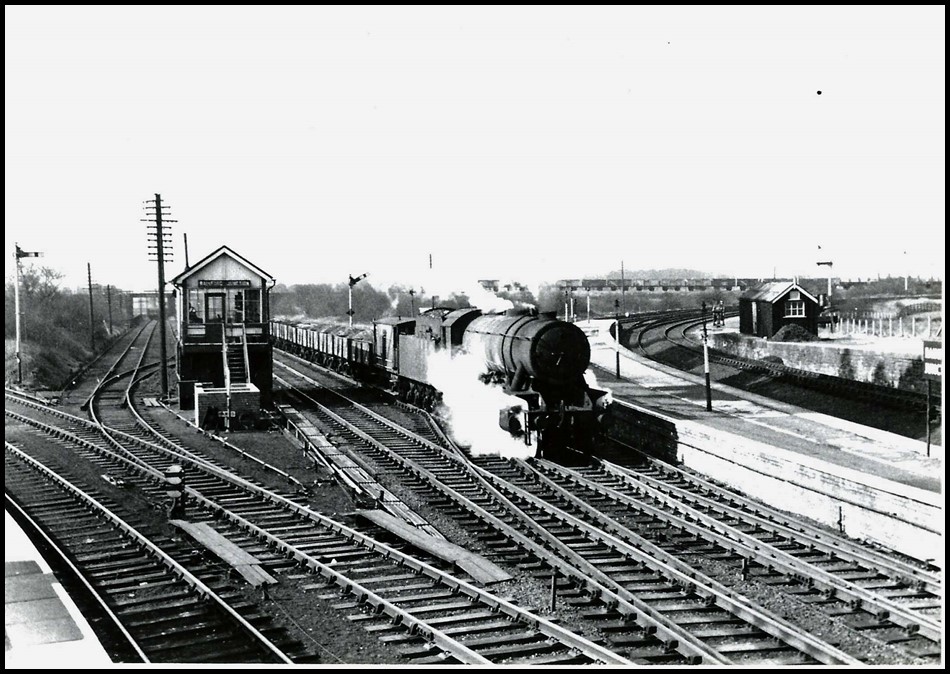
GOODS TRAIN PASSING SIGNAL BOX
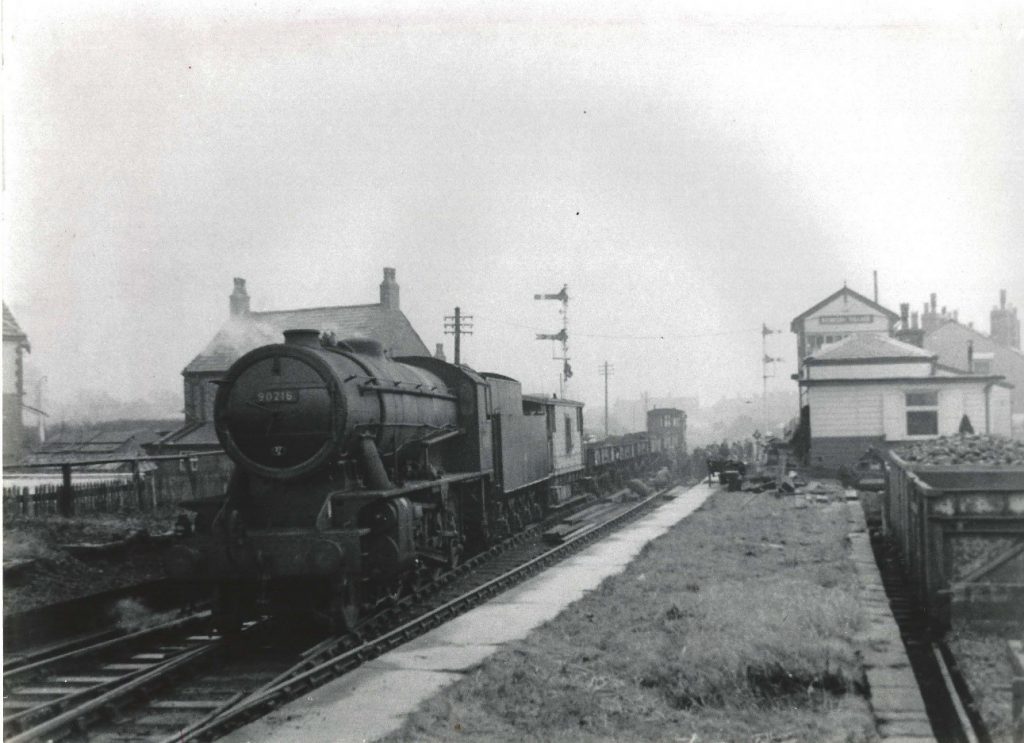
VILLAGE STATION BEING DEMOLISHED
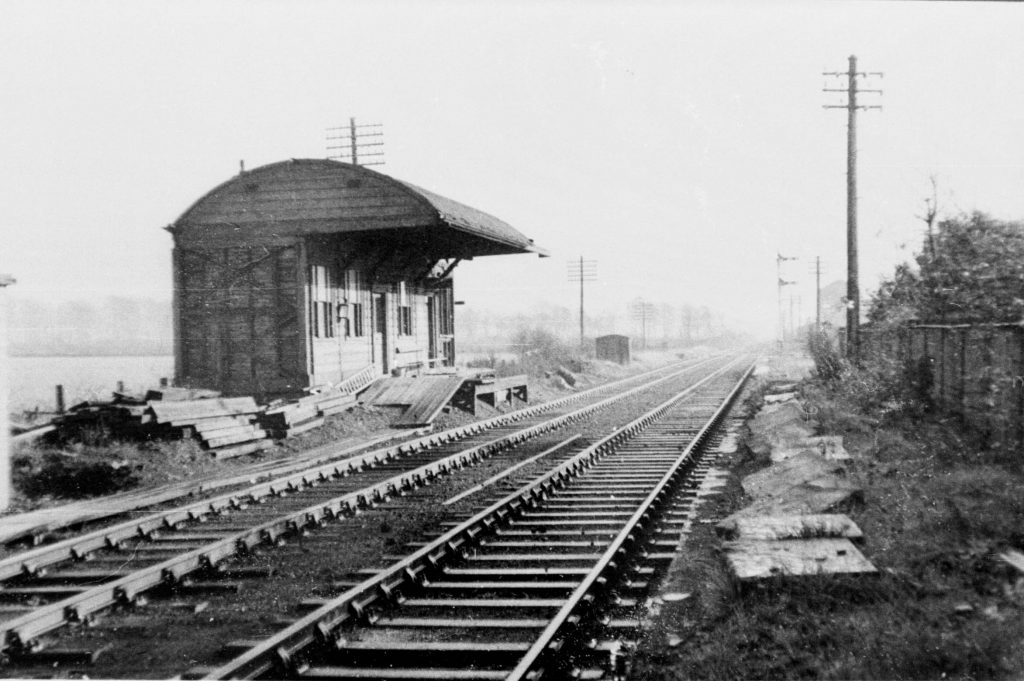
ROOKERY STATION BEING DEMOLISHED
Despite protests the last passenger train left Rainford Junction for St.Helens on the 16th June 1951 and heralded the begining of the end of railway traffic through Rainford. The line remained open for goods traffic, summer excursions and diversions until the 6th July 1964 when the section from Mill Lane to the Junction was closed and dismantled. Trains continued to carry sand from Pilkington Bros. sand washing plant near Mill Lane until this was transferred to road haulage and the line was finally closed on 30th January 1967.
ALTERNATIVE TRANSPORT
